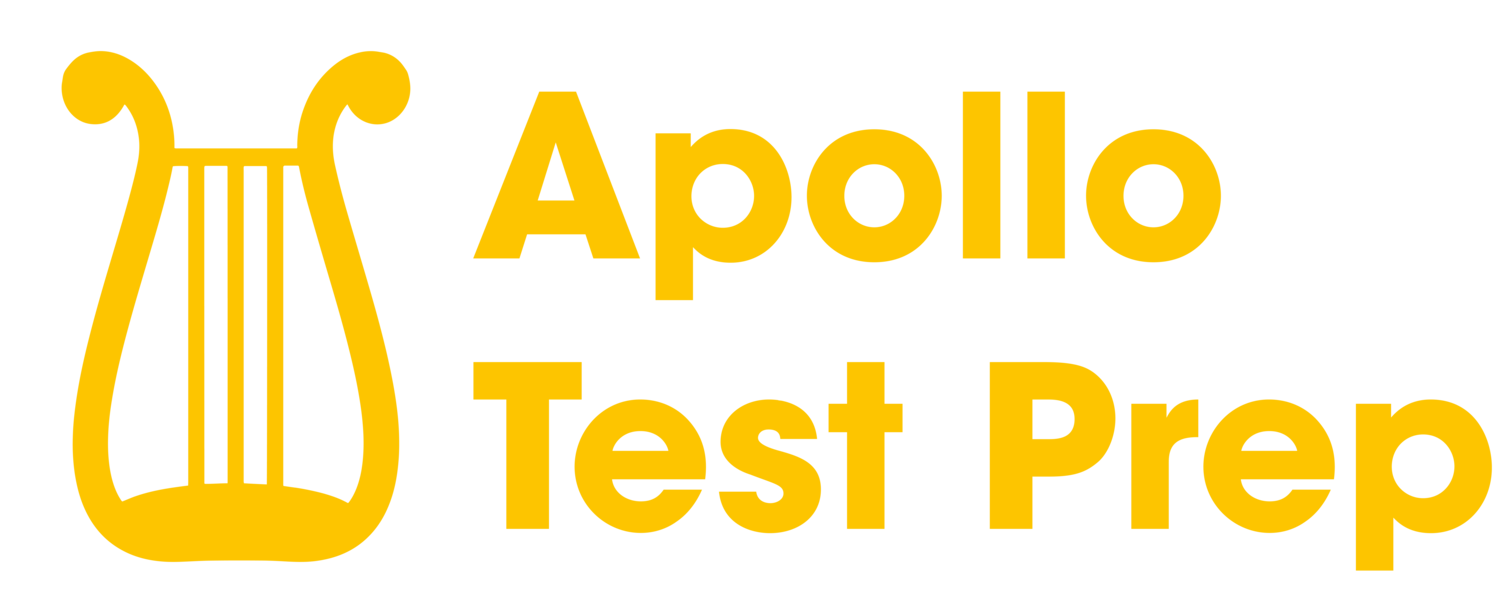LSAT Explanation PT 29, S1, Q24: Automobile-emission standards are enforced through annual
LSAT Question Stem
Which one of the following, if true, most strongly indicates that current enforcement of automobile-emission standards might be ineffective in controlling overall pollutant levels?
Logical Reasoning Question Type
This is a Weaken question.
Correct Answer
The correct answer to this question is C.
LSAT Question Complete Explanation
In this LSAT problem, we are asked to weaken the argument that the current enforcement of automobile-emission standards is effective in controlling overall pollutant levels.
First, let's analyze the passage. The passage tells us that automobiles are tested for emission standards during annual inspections when they are idling (standing still with engines running). Testing devices measure the levels of various pollutants as exhaust gases leave the tailpipe. The passage structure is as follows:
Premise: Automobile-emission standards are enforced through annual inspections, where cars are tested while idling.
Conclusion: Current enforcement of automobile-emission standards is effective in controlling overall pollutant levels.
An "Evaluate" question for this argument could be: "Do the adjustments made to cars during these inspections effectively reduce pollutant emissions when the car is in motion?"
Now, let's discuss the answer choices:
a) This answer choice discusses the expense of emission-control technology. However, the argument is focused on the effectiveness of the current enforcement method in controlling pollutant levels, not its cost. Therefore, this choice doesn't weaken the argument.
b) The need for frequent recalibration of testing devices may affect the accuracy of pollutant level measurements, but it doesn't necessarily indicate that the current enforcement method is ineffective in controlling overall pollutant levels. This choice doesn't weaken the argument.
c) This is the correct answer. If making a car idle cleanly causes it to emit high levels of pollutants when moving at highway speeds, then the current enforcement method, which only tests cars while idling, might be ineffective in controlling overall pollutant levels. This choice weakens the argument by pointing out a potential flaw in the enforcement method.
d) Most car owners asking their mechanics to ensure compliance with emission standards doesn't provide any information about the effectiveness of the current enforcement method. This choice doesn't weaken the argument.
e) The fact that no allowances are made for older cars when setting emission standards doesn't provide any information about the effectiveness of the current enforcement method in controlling overall pollutant levels. This choice doesn't weaken the argument.
In conclusion, the correct answer is choice C, as it weakens the argument by pointing out that the adjustments made during inspections might only be effective when the car is idling, and not when it is in motion, which is a crucial factor in controlling overall pollutant levels.
